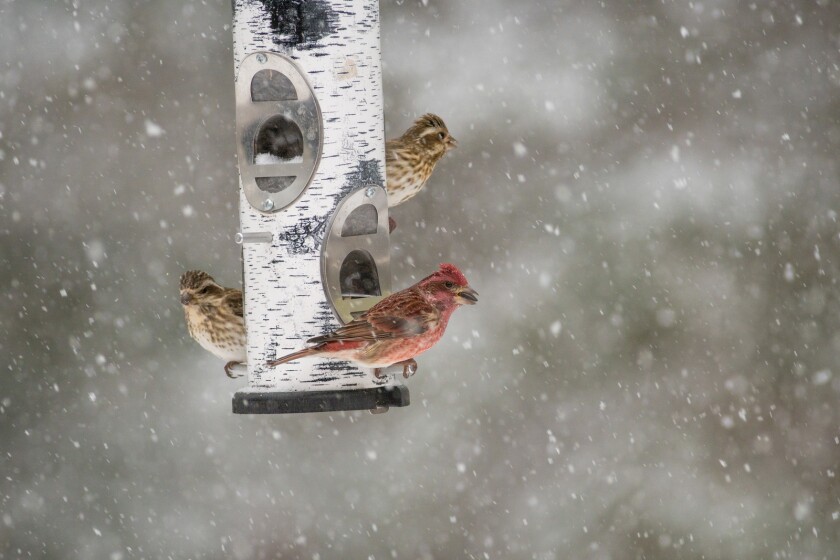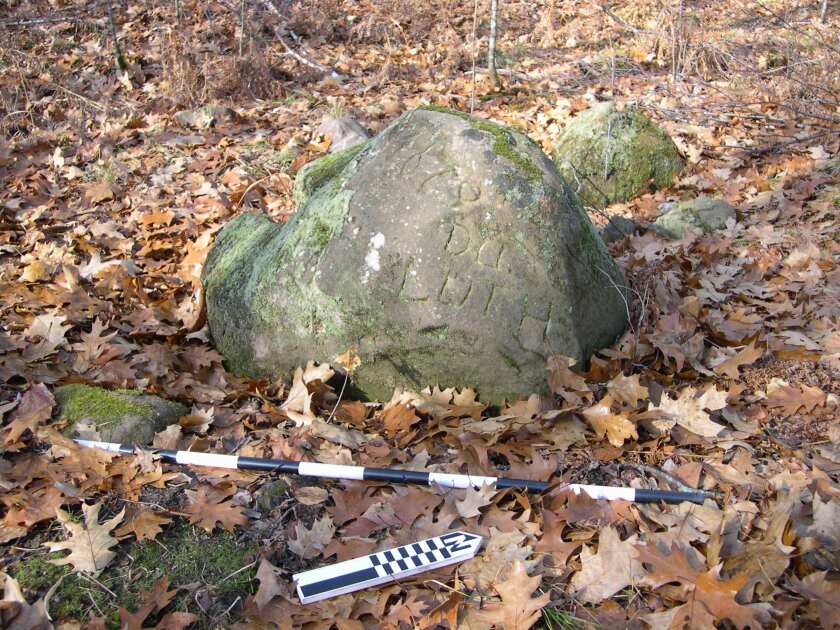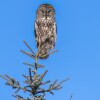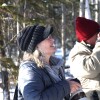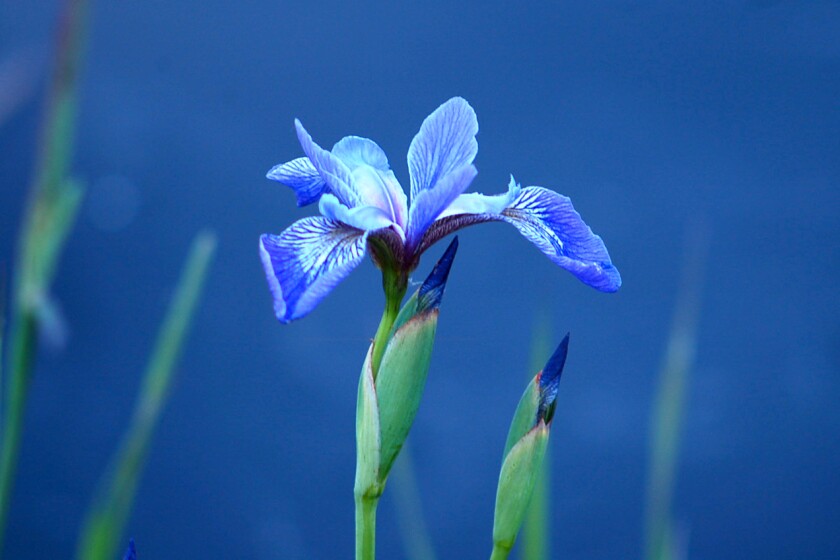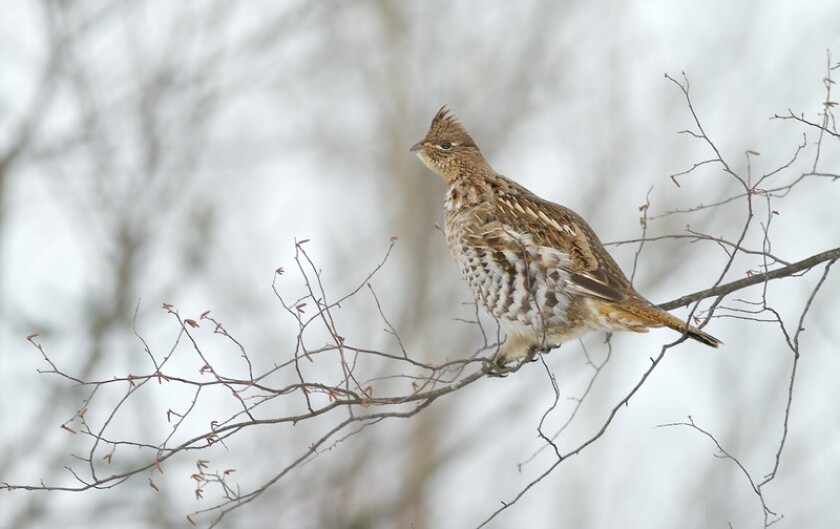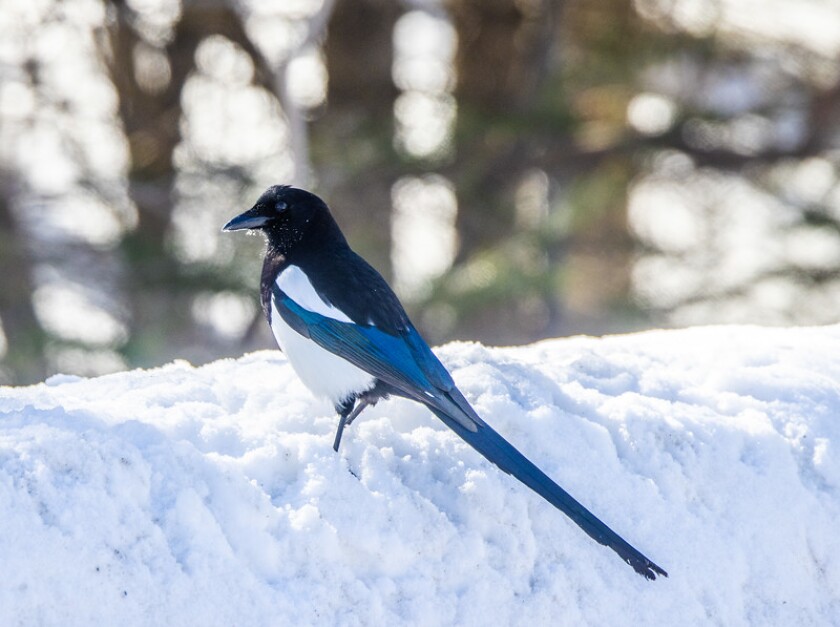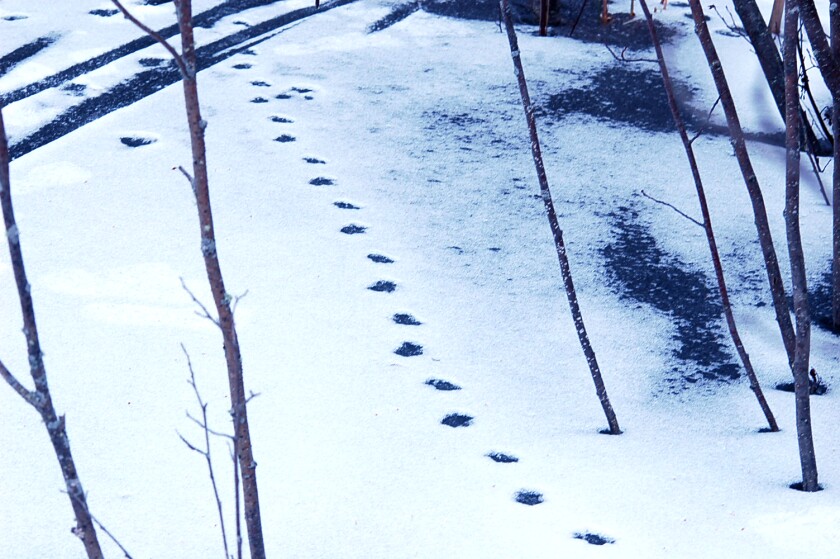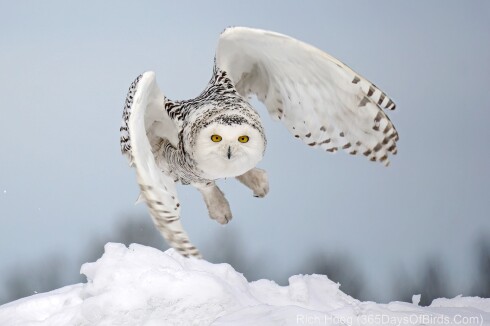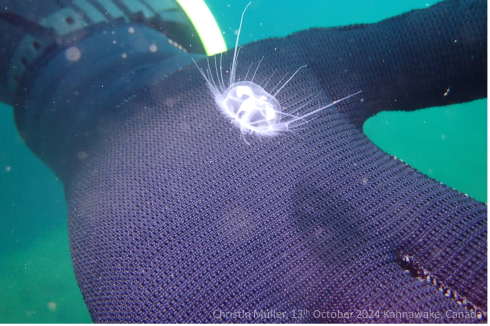January became a month where we could not ignore the weather.
December ended with mild days and though we received rain, we had much less-than-normal snowfall. The rain dissipated much of the snow on the ground. We ended the month with a seasonal snowfall total less than half of what is expected.
ADVERTISEMENT
January began with several days of cold, including subzero temperatures. This came on our largely snowless scene. Some critters that depend on snow cover suffered.
But on the second weekend of the month, snow did come to the Northland, from a few inches to a foot. January weather continued to unfold and at mid-month, we had some mild days with temperatures topping out in the 30s. (Was this the “January thaw?")
Wet sticky snow became powdery again as the cold returned and several consecutive days of below zero all day. Moved into the final week of the month with an average temperature less than normal is unique. This situation never happened for any month in 2024.
Wildlife that wintered with us responded to these days. Tracks of the wild canines continued to show since this is their mating season and they remain active. Hare tracks that were absent during the early days, returned, as did those of weasels, minks, fishers and otters. And there was also a change with the birds.
Almost every year, we are fortunate to host an influx of some of the owls from the far north that come here for the winter. Some years when food is scarce in the north, there are more of these owls. This is called an irruption. It appears as though we are experiencing such a movement this winter.
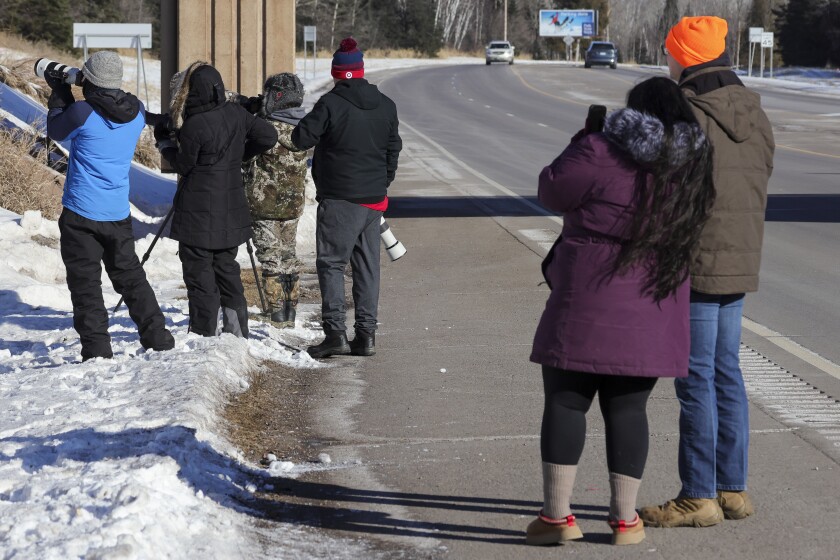
Joining the two large permanent owls, barred and great horned, four other northern owls are also being seen in the region: the mostly white snowy owl, the large (biggest in North America) great gray owl, the mid-sized hawk owl, and the small and elusive boreal owl.
These visitors are hungry and may be hunting voles and other small mammals in the daytime, making them easier to see. And these owls are sought by many nature watchers.
ADVERTISEMENT
But the owls are not the only ones that are moved by the weather of January. I have seen a change in birds that frequent bird feeders. From the time that I began feeding in the fall, about two months ago, until mid-January, I have hosted an avian contingency of seven kinds.
These “same seven” were regulars each day; the numbers varied a bit, but they arrived. Groups of large wild turkeys were often present by dawn. They were followed by blue jays (as many as 10) and persistent black-capped chickadees, white-breasted nuthatches and three kinds of woodpeckers: downy, hairy and red-bellied.
January’s snow and cold brought in more. The seven species enlarged to a dozen. Red-breasted nuthatch came to the suet. Two mourning doves fed with the turkeys. Three kinds of finches arrived to dine on thistle seeds: goldfinch, purple finch and redpoll. None are uncommon, but slow to appear this winter.
The presence of finches adds much to feeder watching in late January and the following weeks. Starting with just a few, they often grow to large flocks.
Thanks to the snow and cold, as I eat breakfast, I can watch about two dozen finches feeding. Red male and brown female purple finches mix with olive-yellow goldfinches, making watching more interesting as we go through the next weeks of winter.

